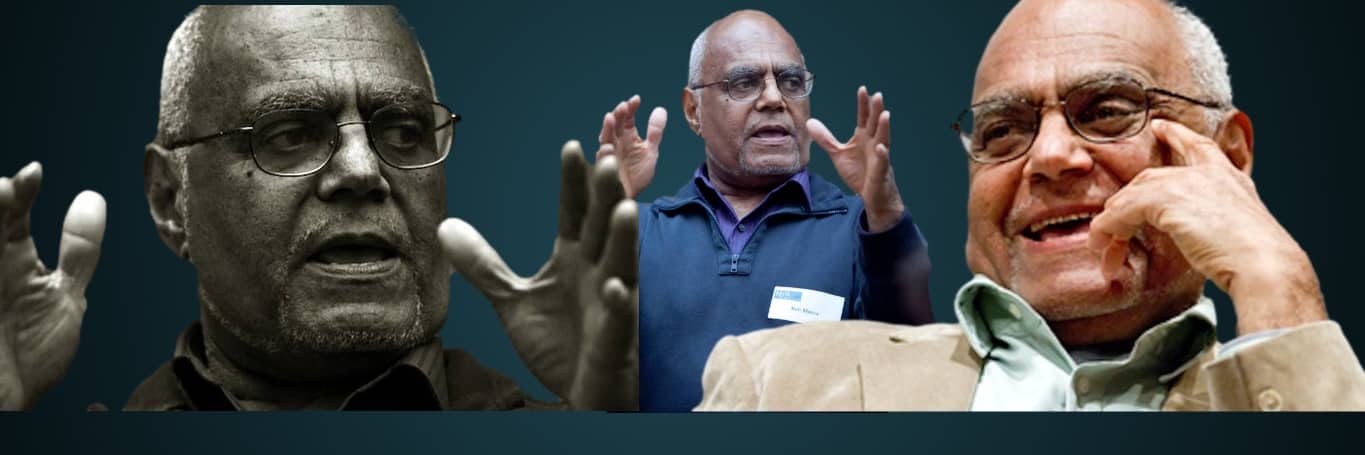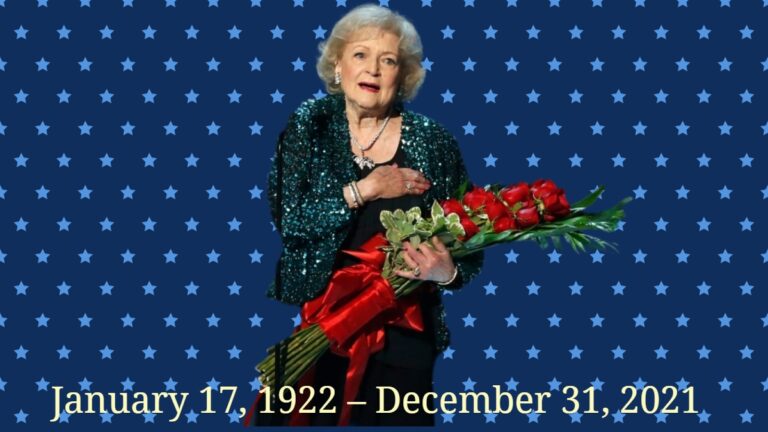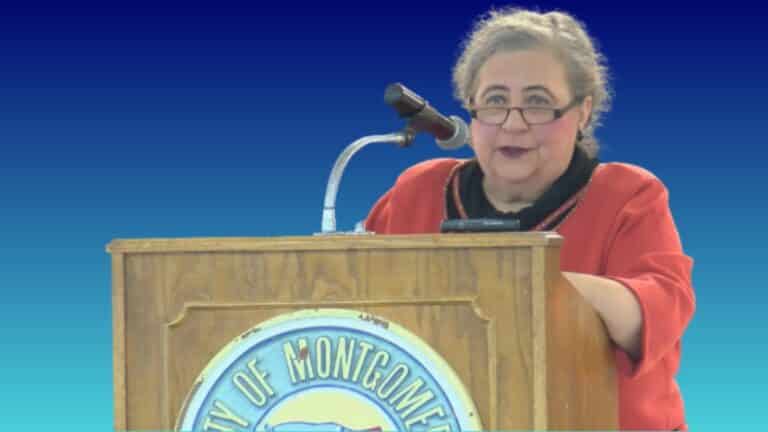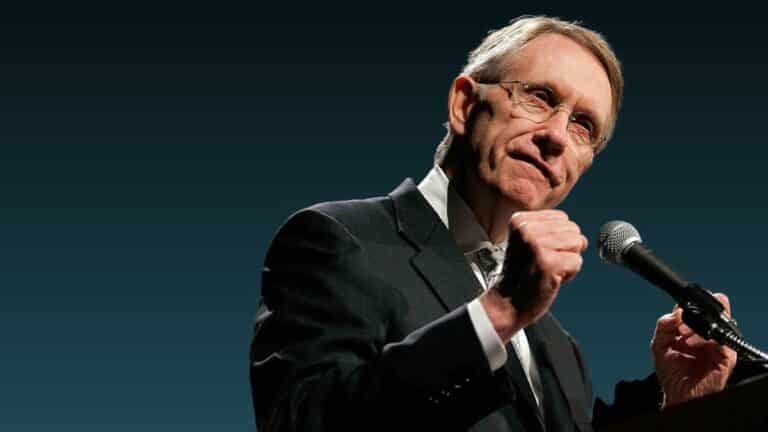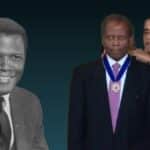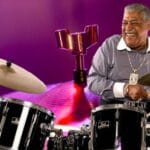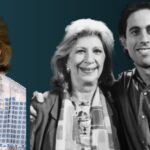Bob Moses (Robert Parris Moses), a civil rights activist who was shot at and endured beatings and jail while leading Black voter registration drives in the American South during the 1960s and later helped improve minority education in math, dies.
Moses’ daughter Maisha Moses confirmed her father’s death, not giving any cause for his death.
Moses, who was widely referred to as Bob, worked to dismantle segregation as the Mississippi field director of the Student Nonviolent Coordinating Committee during the civil rights movement and was central to the 1964 “Freedom Summer” in which hundreds of students went to the South to register voters.
Moses started his “second chapter in civil rights work” by founding in 1982 the Algebra Project thanks to a MacArthur Fellowship. The project included a curriculum Moses developed to help struggling students succeed in math.
Ben Moynihan, the director of operations for the Algebra Project, said he had talked with Moses’ wife, Dr. Janet Moses. She said her husband had passed away Sunday morning in Hollywood, Florida. She did not give information about the cause of death.
Moses was born in Harlem, New York, on January 23, 1935, two months after a race riot left three dead and injured 60 in the neighborhood. His grandfather, William Henry Moses, has been a prominent Southern Baptist preacher and a supporter of Marcus Garvey, a Black nationalist leader at the turn of the century.
But like many Black families, the Moses family moved north from the South during the Great Migration. Once in Harlem, his family sold milk from a Black-owned cooperative to help supplement the household income, according to Robert Parris Moses: A Life in Civil Rights and Leadership at the Grassroots, by Laura Visser-Maessen.
While attending Hamilton College in Clinton, New York, he became a Rhodes Scholar. He was deeply influenced by the work of French philosopher Albert Camus and his ideas of rationality and moral purity for social change. Moses then took part in a Quaker-sponsored trip to Europe. He solidified his beliefs that change came from the bottom up before earning a master’s in philosophy at Harvard University.
Moses didn’t spend much time in the Deep South until he went on a recruiting trip in 1960 to “see the movement for me.” He sought out the Rev. Martin Luther King, Jr.’s Southern Christian Leadership Conference in Atlanta but found little activity in the office and soon turned his attention to SNCC.
“I was taught about the denial of the right to vote behind the Iron Curtain in Europe,” Moses later said. “I never knew that there was (the) denial of the right to vote behind a Cotton Curtain here in the United States.”
The young civil rights advocate tried to register Black people to vote in Mississippi’s rural Amite County, where he was beaten and arrested. When he tried to file charges against a white assailant, an all-white jury acquitted the man, and a judge protected Moses to the county line so he could leave.
In 1963, he and two other activists — James Travis and Randolph Blackwell — were driving in Greenwood, Mississippi, when someone opened fire on them, and the 20-year-old Travis was hit. In a press release from the Student Nonviolent Coordinating Committee, Moses described how bullets whizzed around them and how Moses took the wheel when Travis was struck and stopped the car.
“We all were within inches of being killed,” Moses said in the 1963 press release.
A reoccurring theme in Moses’ life and work was the need to listen and work with the local populations where activists were trying to affect change, whether that was registering Black voters in some of the most staunchly anti-integration parts of Mississippi or years later working with students and teachers to come up with ways to improve math knowledge.
In an interview with the National Visionary Leadership Project, he talked about the need for civil rights workers to earn the local population’s trust in Mississippi to effect change.
“You had to earn the right for the Black population in Mississippi to decide that they were going to work with you because why should they risk everything to work with you if you were somebody or a collection of people who were just not serious?” he said.
He later helped organize the Mississippi Freedom Democratic Party, which sought to challenge the all-white Democratic delegation from Mississippi in 1964. But President Lyndon Johnson prevented the group of rebel Democrats from voting in the convention and instead let Jim Crow southerners remain, drawing national attention.
Disillusioned with white liberal reaction to the civil rights movement, Moses soon began participating in demonstrations against the Vietnam War then cut off all relationships with whites, even former SNCC members.
Moses worked as a teacher in Tanzania, Africa, returned to Harvard to earn a doctorate in philosophy, and taught high school math in Cambridge, Massachusetts. He later taught math in Jackson, Mississippi, while commuting to Massachusetts on the weekends.
The press-shy Moses started his “second chapter in civil rights work” by founding in 1982 the Algebra Project using money he received through the MacArthur Foundation Fellows program — often referred to as “genius” grants — to improve math literacy among underserved populations. Ben Moynihan from the Algebra Project said Moses saw improving mathematics literacy as an extension of the civil rights work in the 1960s.
“Bob saw the issue of giving hope to young people through access to mathematics literacy…. as a citizenship issue, as critical as the right to vote has been,” Moynihan said.
Historian Taylor Branch, whose Parting the Waters won the Pulitzer Prize, said Moses’ leadership embodied a paradox.
“Aside from having attracted the same sort of adoration among young people in the movement that Martin Luther King did in adults,” Branch said, “Moses represented a separate conception of leadership” as arising from and being carried on by “ordinary people.”
